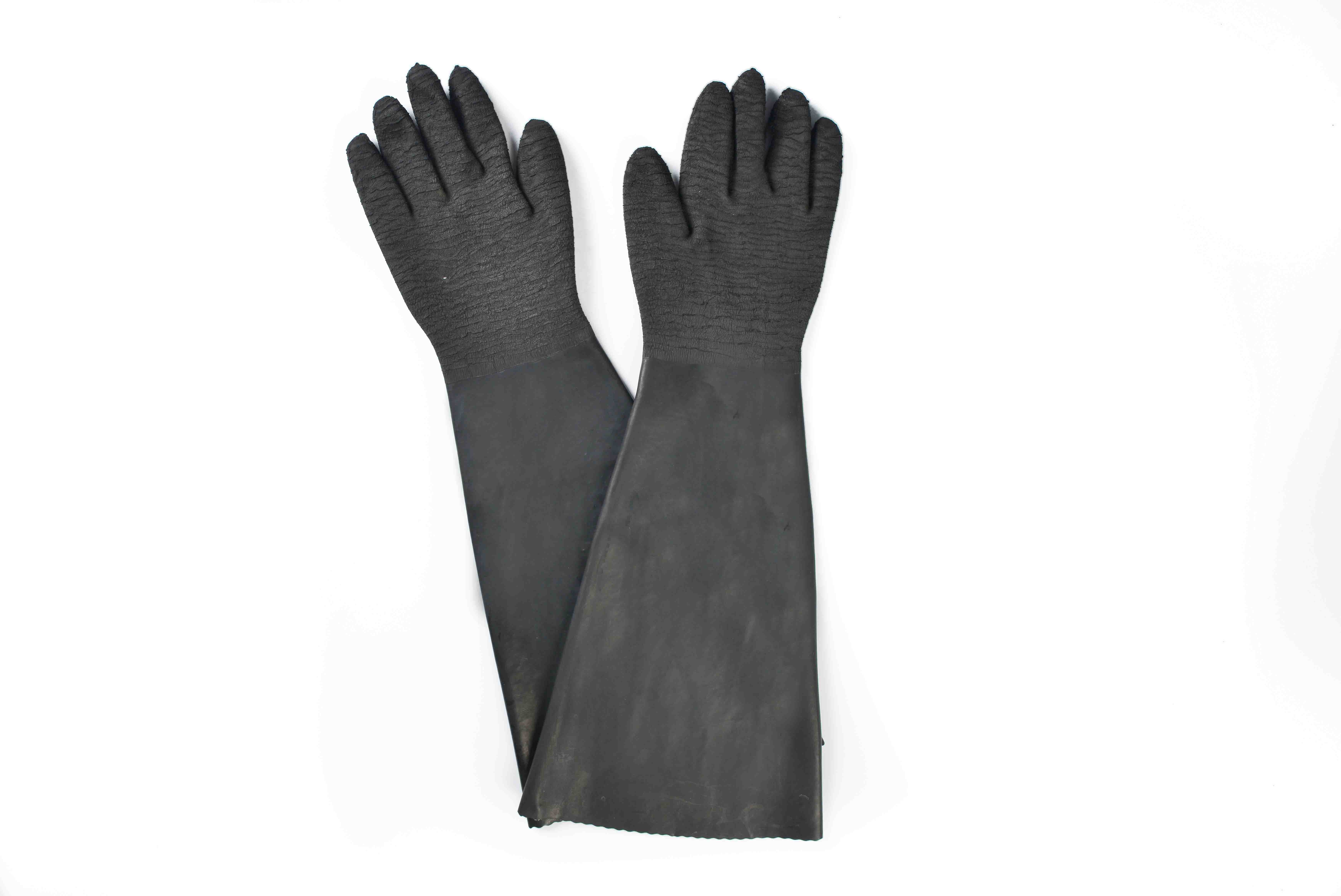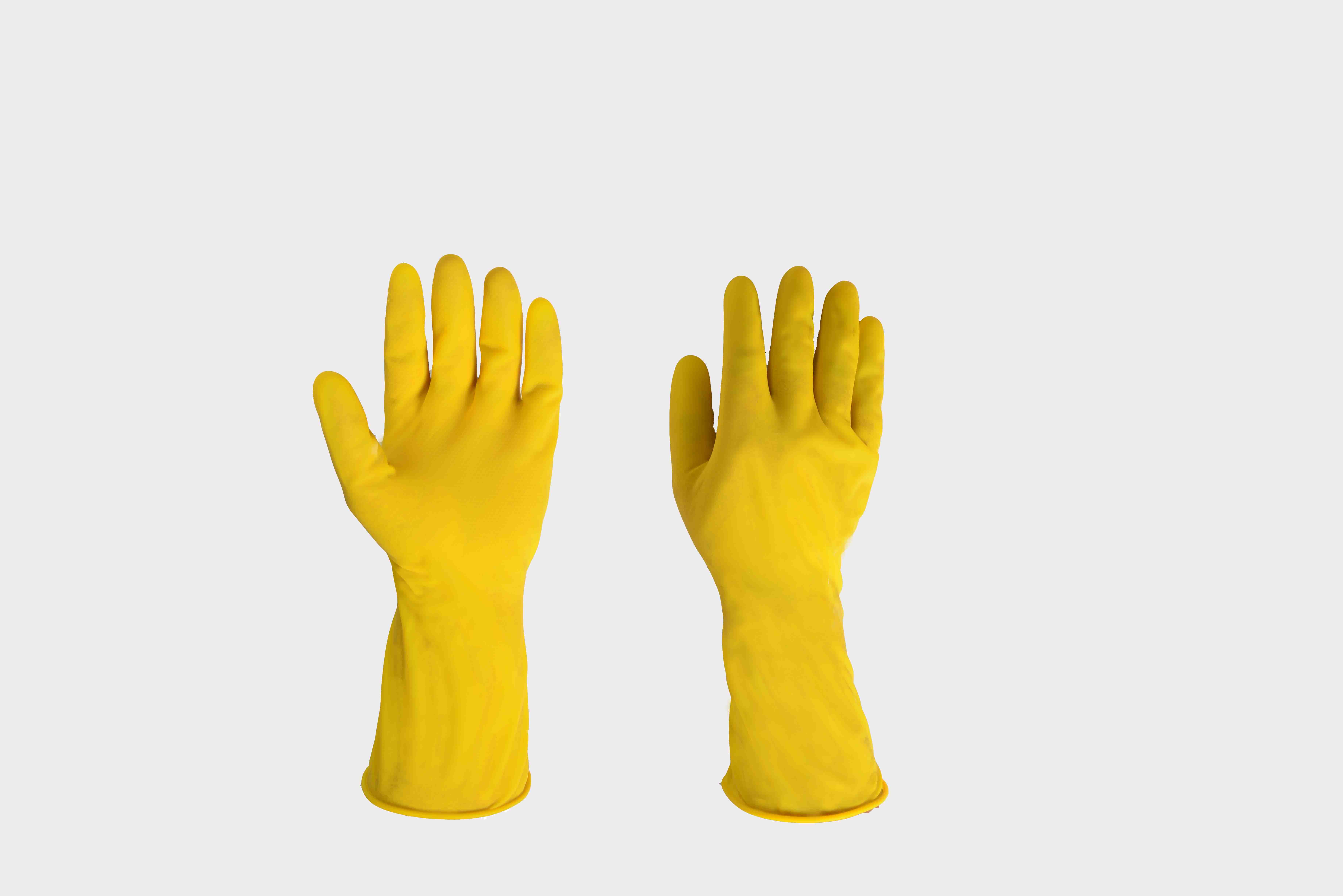OEM manufacturer custom 24″ rubber glove – cotton linning-rough finish to Iraq Factories

Short Description:
Heavy duty rubber glove, made of 100% natural latex. 24” length(62cm), rough finish, seamless, cotton lining, ambidextrous style (fits either hand), 570g/pair, 50pairs/case. Good resistance against acid and alkali. Using for Isolater, dry box, blast cabinet, etc.
Product Detail
FAQ
Product Tags
Our team through professional training. Skilled professional knowledge, strong sense of service, to meet the service needs of customers OEM manufacturer custom 24″ rubber glove – cotton linning-rough finish to Iraq Factories, Contact with us today! We are ready for the market service now!
Heavy duty rubber glove, made of 100% natural latex.
24” length(62cm), rough finish, seamless, cotton lining, ambidextrous style (fits either hand), 570g/pair, 50pairs/case.
Good resistance against acid and alkali. Using for Isolater, dry box, blast cabinet, etc.
FAQ Content
CVS Green Household Rubber Gloves ASMR
From Begin To Finish. Master-Craft of Lymington fixing a Leather Sole and Heel on a pair of boots.





